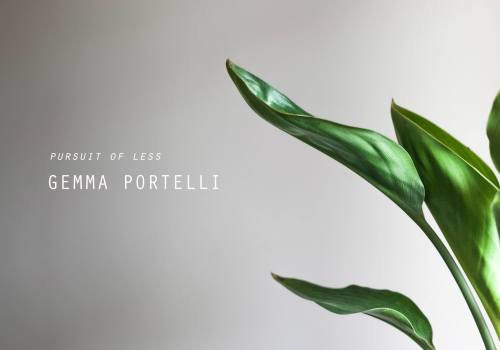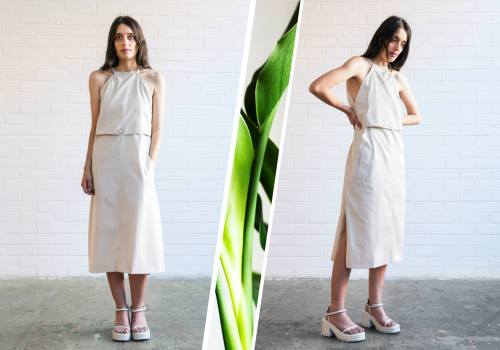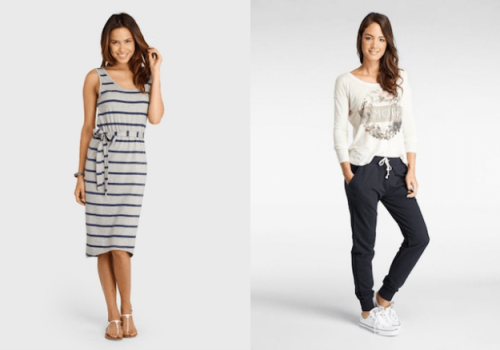#sustainable fashion
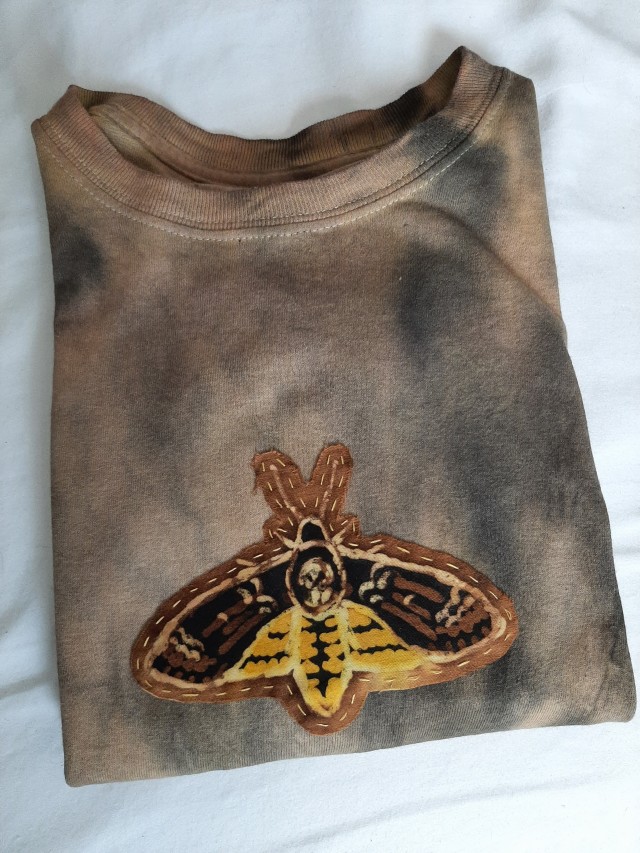
T shirt for my best friend, dyed with beets, turmeric, and India ink
It’s Monday the 6th of January and the world is on fire. Quite literally, there are fires raging all over Australia. Many folks have been displaced and more animals have died or lost their homes than we can accurately count. The US is warmongering, and the next steps are uncertain.
It’s a hard day to feel optimistic about the world we’re living in. There is so much large scale stuff happening that I cannot control. I do some things, as a person, which helps. I buy clothes second hand or from makers who practice slow fashion and create quality that will last. I eat local food whenever I can. I vote.
As we know companies, not people, use the most resources, so perhaps the biggest impact I can make is to make Volante Design as green as possible. We ship in cardboard boxes and not in bubble wrap sleeves whenever possible. We have been looking into compostable plastic sleeves for our smaller products, you may have seen them if you’ve ordered recently. We use recycled paper, we use recycled printer cartridges, lots of little things that we can do. We recycle. Most of our office furniture came from free piles, our moms, yard sales.
The biggest thing we do is make things that will serve you for a long time.
Do you know Burberry threw out 38 MILLION DOLLARS of inventory in ONE YEAR according to Forbes Magazine July 2018 edition?
Can you believe that? The typical “luxury retailer” is outrageously wasteful. This is just one example. Small businesses are different. At Volante Design we are very aware of our resources, both environmentally as well as financially. We think lean, we make small batches, we’re very careful. We’ve fought hard to price things in a way that we cannot mark them down. We want to give you the best value we can while staying in business. We would never ever throw out a jacket. Heck, we don’t like to throw away our fabric scraps, we donate them whenever possible.
It’s not always obvious what the difference is between one coat or another. Learn about the process, learn about the company and think critically. Who do you want to support? You can vote in small ways with your dollar. I’m not saying it should be Volante Design all the time. (Yes, I know this is not what you’re supposed to say as a business person. But I’m not trying to sell you Volante Design, I’m trying to tell you what I believe in and how we’ve evolved Volante Design in response to that.)
Some companies that I respect their process-
Timbuk2 - They recycle old bags for parts and they also have a repair program. They make their products in the USA. One reason we haven’t made a ton of bags is because they do them so well. Maybe one day we will be able to help you re-sell your coats that don’t fit you anymore. Right now we don’t have the (hu)manpower.
American Giant - They make primarily solid basics. They’re American made and great quality.
Everlane - They are not US manufacturing, but they are amazingly transparent about their sourcing, pricing, and process. I hope one day we’ll have this sort of organization. I think it’s really radical.
I know there are so many more. These are just a few I immediately thought of. Send me yours. There’s a lot we don’t have control over, but together we can change how things work. Our actions matter.
-Willow
Protected: For Earth Day, the why in Manuma

I realized recently that my fashion schooling was punctuated by several significant events– disasters, really– that mark the intersections of my values system as a citizen of the world and as a fashion designer. They were landmarks on the map that lead to me to build Manuma.
People, Planet
I started classes at Parsons in Manhattan in September, 2011.…

Hemp & organic cotton jumpsuit Why we love hemp? Thanks to its natural protein structure and the ability to defend bacteria, it’s comfortable for even the most sensitive of skins ♡ Now in store & phillyshop.gr
Thought clothing χονδρική διάθεση ✉️ [email protected]


Thought-clothing χονδρική διάθεση ✉️ [email protected]
to all the small business that pop up on my IG explore page, I’m coming for you
as soon as I have money
An old, but good interview with Emma Watson on the importance of fair trade while she was in Bangladesh a few years ago.
A sceencap of a fact sheet I made for my Environment & Society class that’s all about sustainable and fair trade fashion. Thought it was a bit timely to share since we discussed the Bangladesh factory collapse in class today and I was the only one who raised their hand when the professor asked if anyone had read about it. Its absolutely heartbreaking that over 700 people have died so far, the largest of its kind ever in the garment industry. Such working conditions are a environmental and human rights violation and its time to make changes that will benefit garment workers rather then just business owners.
Post link
As you may have noticed in previous blog entries I’ve been talking a lot about sustainable, fair trade clothing lately. This is in-part because of the sociology course I’m taking, Environment & Society, which has really got me thinking about how fashion plays a part in the destruction of the environment and the poverty of people. I will be undertaking a pretty large project over the next few months; looking at my own clothing wardrobe to better understand what the fabrics are made from, where they are made, and the results of such cheaply made products. It’s with my professors approval that I’ll be doing this project (which has several other components too…like possibly working on an organic sheep or alpaca farm!). And I’ll be sharing my results here as well. Now, all that said, let’s talk about a good shopping experience I had recently!
I have herd about People Tree for awhile now (ever since Emma Watson did a collaboration with them, if you must know) but had never purchased anything from the company before. But I recently bought this adorable hedgehog shirt and cozy Orla Kiely with People Tree hat. It was such a lovely shopping experience, I felt like I was actually spending my money in a responsible way, especially knowing that the people who made the clothes were treated fairly. And for me, it was a new way to shop too, rather then not knowing where or who made my purchases I can confidently say that the top was made by Assisi Garments, a project which provides work for deaf, mute, and marginalized women in India. And my wool hat was produced in Nepal, with knitters at the Kumbeshwar Technical School, which also provides workers with fair wages and medical and social support. Perhaps if all clothing items came with a tag informing the buyer of where it was made and what sort of people made it, then people would actually care about the source of their clothes.
Post link
I just learned today that nylon, polyester, and acrylic fabrics are all fossil-fuel based. When I read that, my mind was seriously blown. I mean, think about it, we use fossil fuel’s (and related products) to heat our homes and to clothe ourselves. Isn’t that crazy? That cannot be good for anyone.
The Horrible Aftermath of the SHEIN-pocalypse (Salem Tovar)
Project: ramie dress refashion
Introduction:
I’ve got this ramie dress that doesn’t really suit me. It fits, but the shouldersare too wide and the skirtpart looks weird on me. I usually wear skirts with a lot of volume because skirts without it look wonky because of my scoliosis.
The fabric’s lovely though, so I decided to rework it into a shirt.
The project:
The dress is made out of a woven fabric. It has no closures and is meant to slip over your head. The short sleevesand rounded collarhave been shaped with pleats. It came with a sashto be worn around the hips, which I forgot to photograph.

[ID: a light brown ramie dress hanging from a wooden hanger in front of a white background. The dress has short sleeves and a round pleated collar.]
I indicated my waistandhipson the dress with a chalk line, then drew a third line about 5cm below the hips to serve as seam allowance.
Icut off the bottom of the dress at the third line.

[ID: a light brown dress lying on a black and white chequered floor. Three horizontal pink lines have been drawn on it with chalk: one at the waist, one at the hips, and one 5cm below the hips.]
Theshoulderswere slightly too wide for me, so I used a small pleatsimilar to the ones used at the neckline and sleeves to make them smaller. This made the top much more flattering on me. I also hemmed the bottom edge.

[ID: a light brown dress lying on a black and white chequered floor. The skirt part has been cut off right below the hips.]
I put the project aside for a while to think about embellishmentsas the top was rather plain, and ended up settling for a lace trim at the neckline.
I recently received a parcel of leftover lace from a fellow sewist who was clearing out their stash, and found the perfect beige lace trim. The colourwas lighter than the original fabric, but complimentedit well. I had just the right amount for this project.
If you’re looking for cheap/free notions, do as I do and look around in buy-nothing groups and on second-hand sites. You’d be surprised what you’d find. This particular parcel cost me €15 and contained almost a kilo of high quality lace. It’s a win-win situation: the seller got some of their money back, I have enough lace to last me ages, and these trims actually get used instead of thrown away.

[ID: a light brown shirt lying on a wooden floor. The bottom edge has been hemmed, and beige pointy lace has been sewn around the rounded collar.]
I still had the original sash from the dress. I was considering sewing it onto the top at fist, but I decided to keep it separate. That way, I can both cinch the top at the waist or keep it loose and tuck it into high-waisted pants or a skirt.
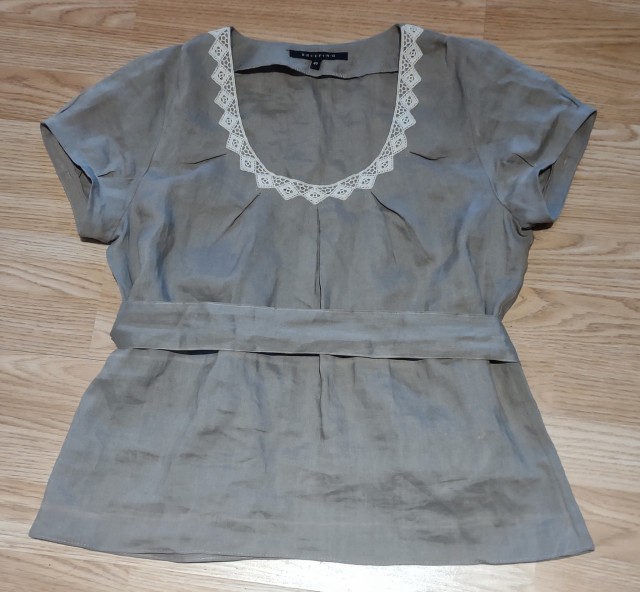
[ID: a light brown shirt lying on a wooden floor. The bottom edge has been hemmed, and beige pointy lace has been sewn around the rounded collar. A sash lies on top of the waist of the top and has been tucked underneath the top.]
All done! All it needs now is a good washto get rid of the chalk lines.
Theexcess fabric is now in my sewing stash: it’s great quality, so I’m sure I’ll find some use for it.
Conclusion:
There was nothing wrong with the original dress, but I just didn’t wear it because I didn’t like how it looked on me. Instead, I now have a topthat flatters me and goes well with the rest of my wardrobe. It’ll get much more use this way.
Hem Your Jeans In 2 MINUTES! (Stylish D)
Fast fashion and crochet
While we’re on the topic of crochet:
Please know that, unlike knitting, crochet cannot be manufactured by machines. This has a few consequences.
Labour exploitation:
Labour exploitation is rampant in the fast fashion industry: without it, the industry simply would not exist.
This means that if you see a genuine crocheted piece in a fast fashion shop, it was made by hand by someone who was paid peanuts for their labour, if paid at all.
Fibre crafts are very labour-intensive. This is why crocheted/hand-knitted items by indie designers are priced the way they are: you’re notjust paying forthe materials. You’re also paying for the hours that were needed to design and make the item. Even if the designer were to price those hours at minimum wage, they still add up.
Fast fashion strives to manufacture items as cheaply as possible. A lot of different things make up the final priceyou pay at a shop, such as design, materials, shipping, packaging, marketing,… Labouris only a fraction of that price, and garment workers rarely get paid a living wage as to keep the prices down.
Take this seven part TikTok breakdown of a crocheted Target bikini top by Drea’s Hook, for example. After replicating part of the top, she estimates it would take about 3 hours to crochet the full item by hand (and it was crocheted by hand). That doesn’t even account for the materials, the labour needed to sew the lining and the tag, the design, shipping, stock photos,… Yet it only costs $22. If the person who crocheted the top was paidat all, it can hardly have been more than a few cents.
Stolen designs:
On top of labour exploitation, there’s been multiple scandals regarding fast fashion brands stealing designs by independent crochet artists such as Knots & VibesorLoupystudio, among others.
Design theft not only profits off the work done by the original designer withoutany form of compensation in return, it also devaluesthe work needed to make an item.
Theaverage person doesn’t know how much work goes into making clothes. When fast fashion brands knock off original designs and sell them for a fraction of the price, it propagates the idea that the original item was priced unfairly. After all, why would someone charge €250 for a sweater when you can buy a similar one for €15 at H&M? This way, the industrykeeps getting away with exploitingits workers while indie designers struggle to get by.
Caneveryoneafford to pay that €250? No, of course not. Even that €15 sweater can be a big financial hit if you’re on a budget, and we all need clothes to keep us warm in winter. But practical issues aside, I think we can all agree that everyone deserves fair compensation for their work.
Conclusion:
People often assumetheir clothes have been made by machines. This is a logical assumption given the average fast fashion price tag, but unfortunately it’s a wrongone.
Sure, we’ve got sewing and knitting machines and all other kinds of mechanical helps, but someone still has to work those machines. When an item has to be made by hand, like crochet, it will take longer. If the price tag doesn’t reflect this extra labour, then neither will the worker’s wage.
This blog will never shame anyone for buying fast fashion. Even if you’re aware of the problems within the industry, there’s plenty of valid reasons why quitting just isn’t an option for most of us. We’re stuck in a broken system that we cannot change overnight, and not everyone has access to alternatives.
That doesn’t mean we can’t chip away at it.Educating yourself about these issues is a big first step. It makes us more conscious about the clothes we wear and the labour and resources that went into making them, which in turn motivates us to take action. If more people were aware of these problems, the industry would be much less likely to get away with them.
Project: lacy shorts
Introduction:
I’ve had this old pair of high-waisted shorts for years. While I love them, I don’t nearly wear them as much as I’d like because they’re rather plaincompared to the rest of my wardrobe.
My closet has a lot of frilly lacy things these days, so I figured it was time to update these shorts to make them match the rest of my clothes better.
The project:
This project was simple: I just looked through my lace stash for a trim that would be a good match to my shorts, decided on the placement, and sewedit on.

[ID: a pair of beige high-waisted shorts lying on a wooden floor.]
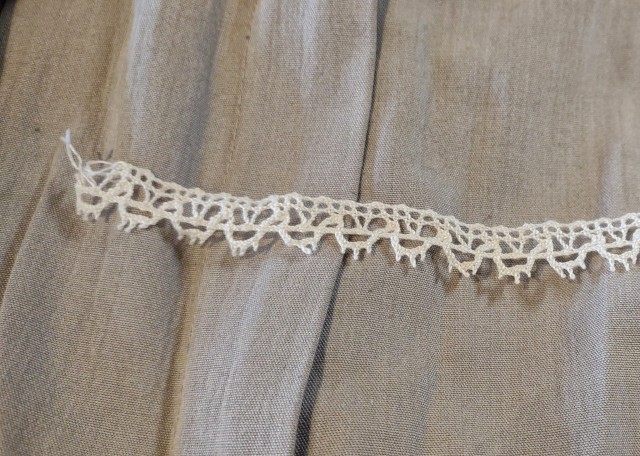
[ID: an end of off-white cotton lace lying on top of beige fabric.]

[ID: a pair of beige high-waisted shorts lying on a wooden floor. Off-white lace has been sewn along the pockets, the edges of the legs, and the sides near the shirred parts of the waistband.]
Conclusion:
If you’ve got clothes you love but never wear, ask yourself why. Sometimes the solution can be as simple as embellishingthe item to fit your styleagain.
All I did was add some lace to these shorts to make them feel brand new and to make them easier to combine with the rest of my wardrobe.
Projects like these are why I never throw out lace. Aesthetically speaking, it’s not everyone’s cup of tea. But if you like it, it makes for a veryversatile tool to update clothesandhide imperfectionswith.





